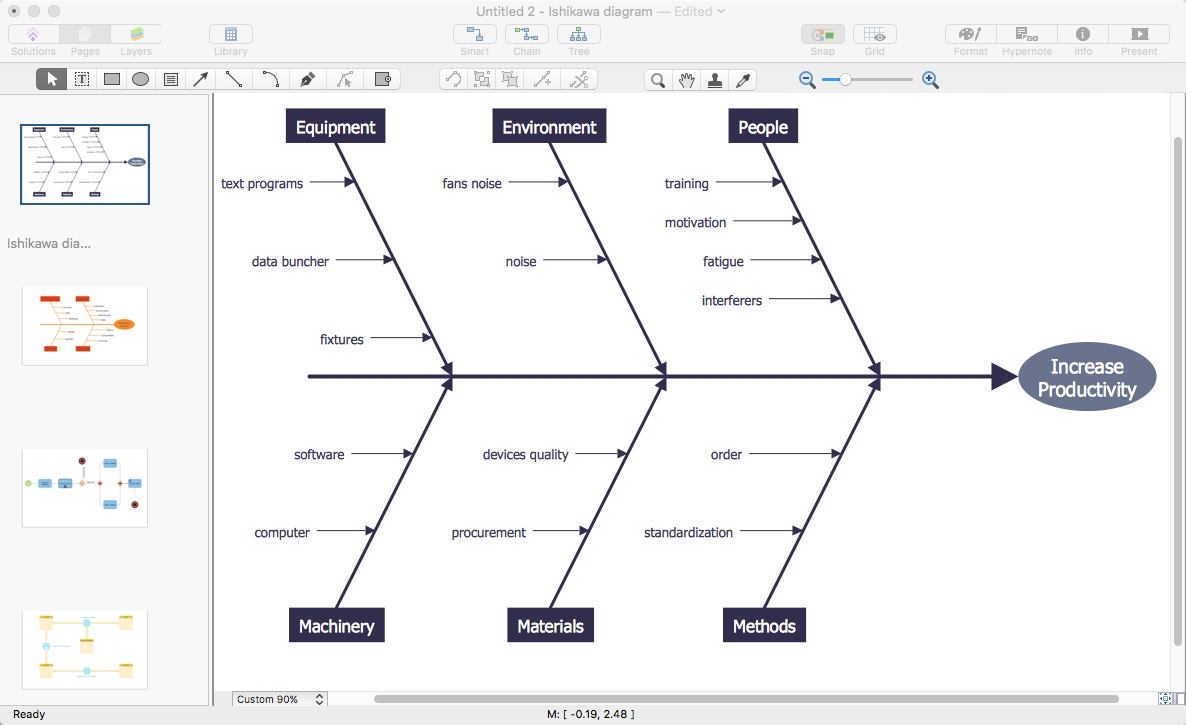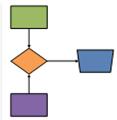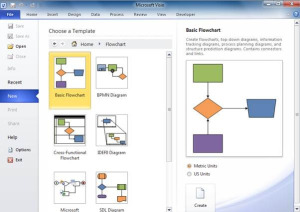

Ishikawa diagram template visio free#
💡 Feel free to imagine your own categories! What matters is that they are adapted to your specific problem: there are no rules.

Environment: these are the causes that are external to your company, such as new legislation, changes in the market and more.Measurement: these causes are often improper evaluation of the workload, lack of insight or general visibility due to inefficient KPIs or inaccurate metrics,.Material: these causes could be shortages, quality problems with suppliers, or anything that could impact the production process,.Method: this group refers to organizational problems caused by inefficient processes or work methodologies,.Machine: this category is dedicated to technical problems or problems with your tools,.You could reference the video to have a try. For this way, we need to create Cause & Effects diagram in MS Visio firstly and then import that file into Power BI Desktop. As the blog introduced, we could use the Visio custom visual to implement. Man: it regroups all kinds of causes linked to your workforce or colleagues (lack of training, motivation…), There are not specific Ishikawa or Fishbone visuals.

Incorporating a fishbone diagram like this when you are planning your project will help you better focus both your resources as well as the efforts of your team, and hence eliminate. Named for its resemblance to a fishbone, this quality management tool works by defining a quality. It is flexible enough to remain general, yet it allows for a comprehensive approach to most problems. Ishikawa Diagram Template on Inability to Meet Deadlines This cause and effect diagram below shows reasons that may cause a delay in meeting deadlines of a project. Cause-and-effect diagram (also known as a fishbone or Ishikawa diagram) Introduced by Kaoru Ishikawa, the fishbone diagram helps users identify the various factors (or causes) leading to an effect, usually depicted as a problem to be solved. This set of categories is probably the most widely used.


 0 kommentar(er)
0 kommentar(er)
